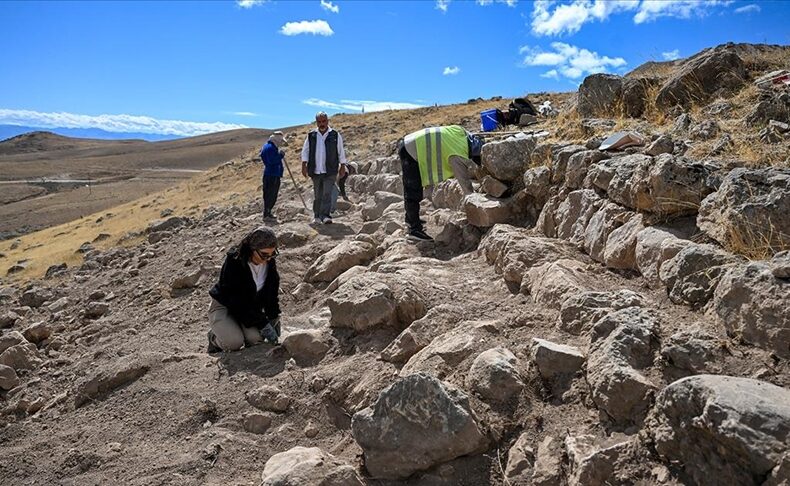
Ongoing Excavations at Garibin Tepe Near Van Shed Light on Urartian Architecture and Conservation Efforts
Archaeological works continue at Garibin Tepe in Türkiye’s Van province, one of the most intriguing Urartian sites of recent years. Excavations this season have focused on documenting massive walls, lion statues, and wall paintings as researchers seek to understand the architectural layout and royal character of the ancient complex.
Located about 30 kilometers from central Van and just 3 kilometers from the Urartian fortress of Ayanis, Garibin Tepe stands as one of the most significant archaeological sites linked to the late Urartian period. Excavations are being carried out under the permission of the Turkish Ministry of Culture and Tourism and led by Prof. Dr. Mehmet Işıklı of Atatürk University.
Initially discovered during an unauthorized excavation in 2022, the site revealed architectural remains dating back nearly 2,800 years. Since then, systematic archaeological work has uncovered monumental structures, wall paintings, and large storage jars known as pithoi, shedding light on Urartian engineering and artistry.
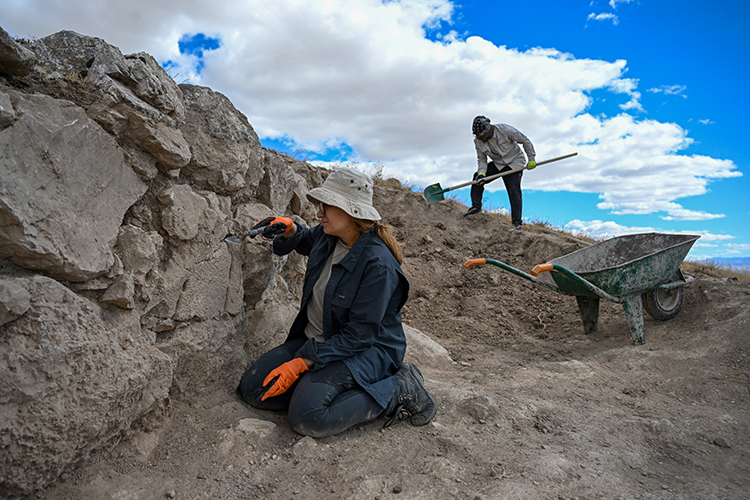
This season, researchers concentrated their efforts on the southern section of the mound, where newly examined wall segments and surrounding fortifications suggest a monumental complex rather than a mere settlement. According to Prof. Işıklı, “We are dealing with a multilayered Urartian heritage here. While conservation structures are being built to protect the wall paintings, our team is mapping the walls and terrace systems to understand the site’s overall plan.”
📣 Our WhatsApp channel is now LIVE! Stay up-to-date with the latest news and updates, just click here to follow us on WhatsApp and never miss a thing!!
The wall paintings uncovered in earlier seasons remain unique in Urartian archaeology, showing colors and motifs never before documented. To safeguard these fragile works, a protective shelter is currently being installed over the painted structures.
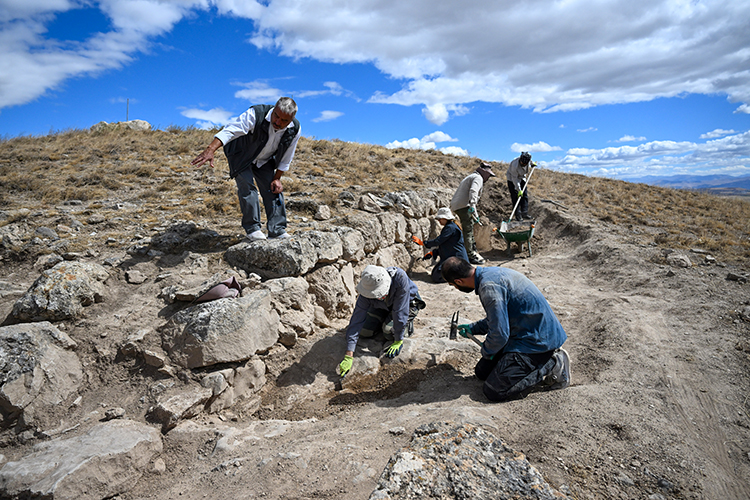
Equally remarkable are the two lion statues unearthed in previous campaigns, now preserved under the supervision of the Van Museum. The statues are considered outstanding examples of Urartian stone craftsmanship and royal symbolism.
“The site’s proximity to Ayanis raises fascinating questions,” said Işıklı. “Why was another monumental center constructed so close to the Urartian capital? The scale of investment here—massive walls, artistic decorations, and monumental sculptures—points to a royal or ceremonial function.”
As the 2025 field season nears completion, archaeologists aim to document the full extent of the wall system and finalize the protective canopy for the wall paintings. The site continues to be a focal point for understanding Urartian urban planning, art, and ideology in the Lake Van region.
You may also like
- A 1700-year-old statue of Pan unearthed during the excavations at Polyeuktos in İstanbul
- The granary was found in the ancient city of Sebaste, founded by the first Roman emperor Augustus
- Donalar Kale Kapı Rock Tomb or Donalar Rock Tomb
- Theater emerges as works continue in ancient city of Perinthos
- Urartian King Argishti’s bronze shield revealed the name of an unknown country
- The religious center of Lycia, the ancient city of Letoon
- Who were the Luwians?
- A new study brings a fresh perspective on the Anatolian origin of the Indo-European languages
- Perhaps the oldest thermal treatment center in the world, which has been in continuous use for 2000 years -Basilica Therma Roman Bath or King’s Daughter-
- The largest synagogue of the ancient world, located in the ancient city of Sardis, is being restored

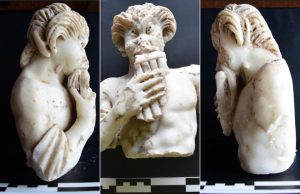
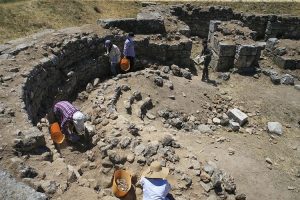
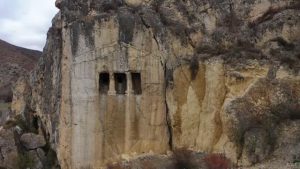
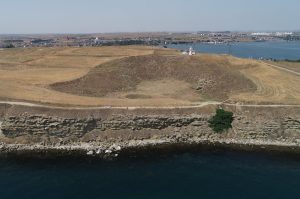
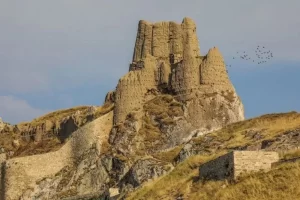
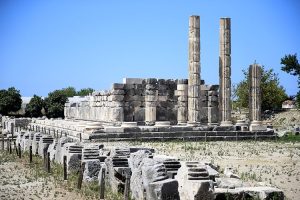
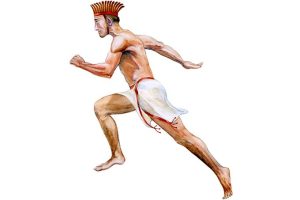

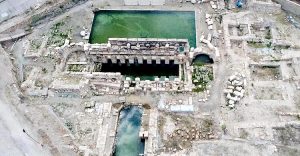
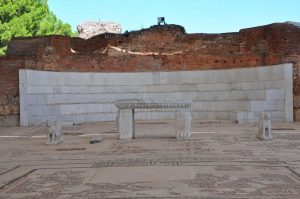
Leave a Reply